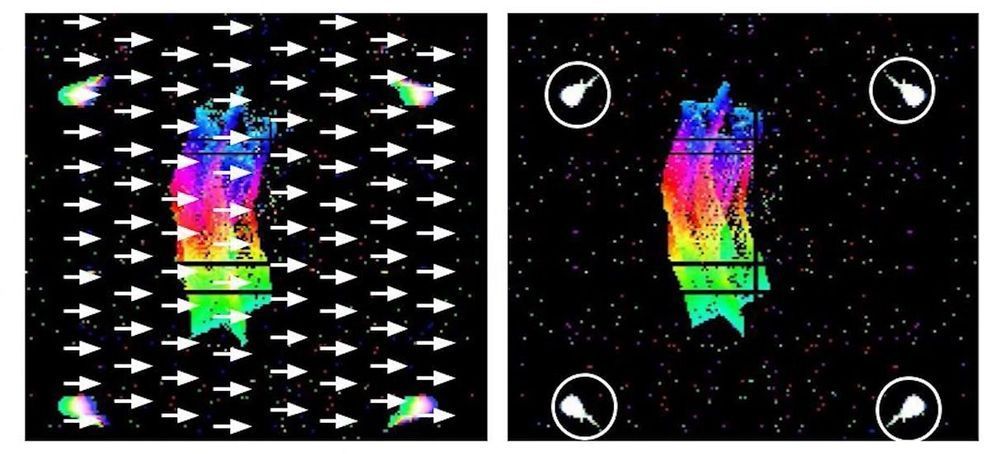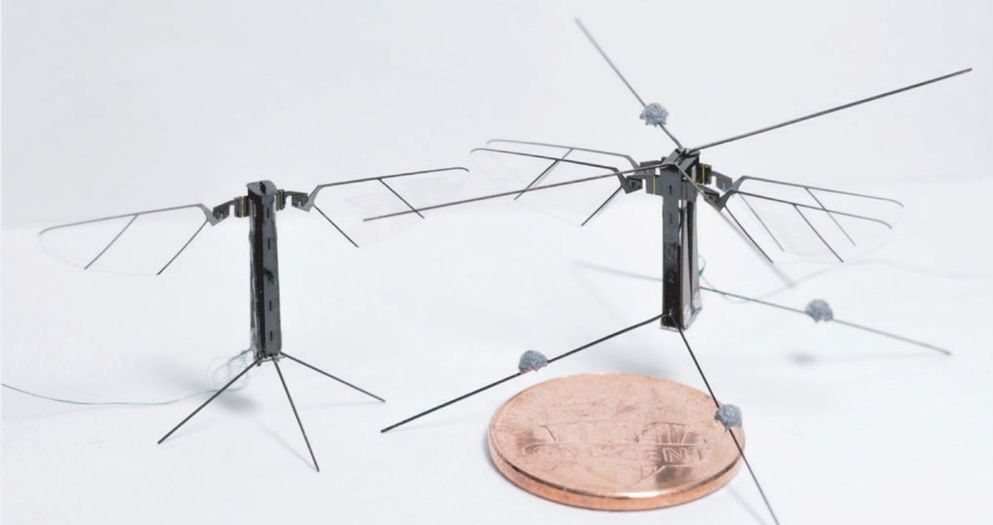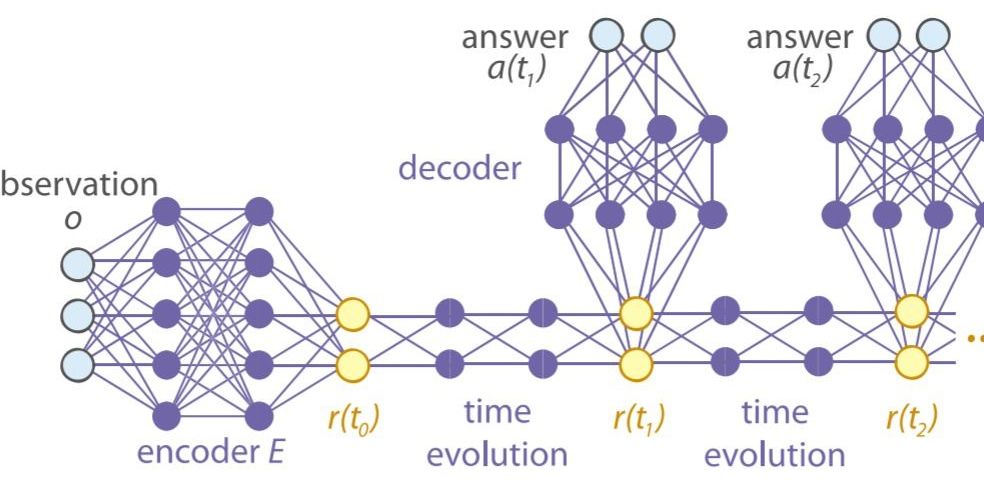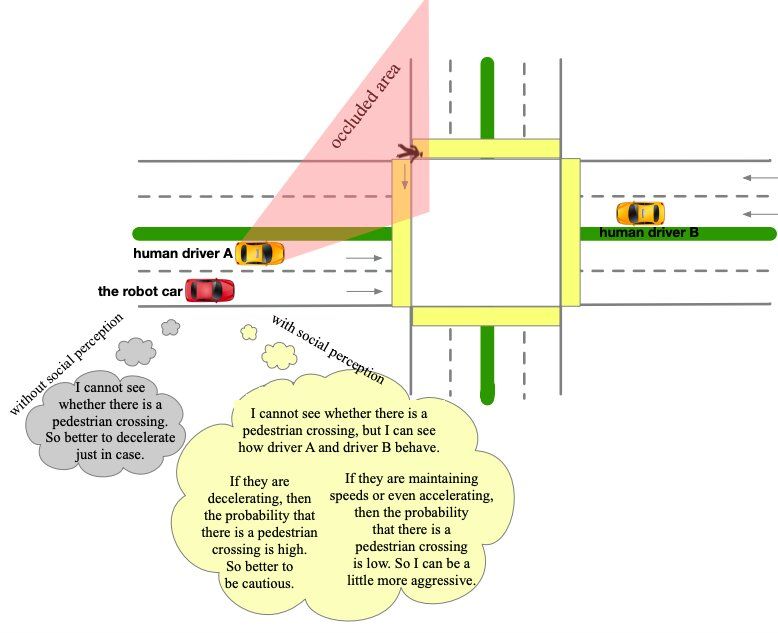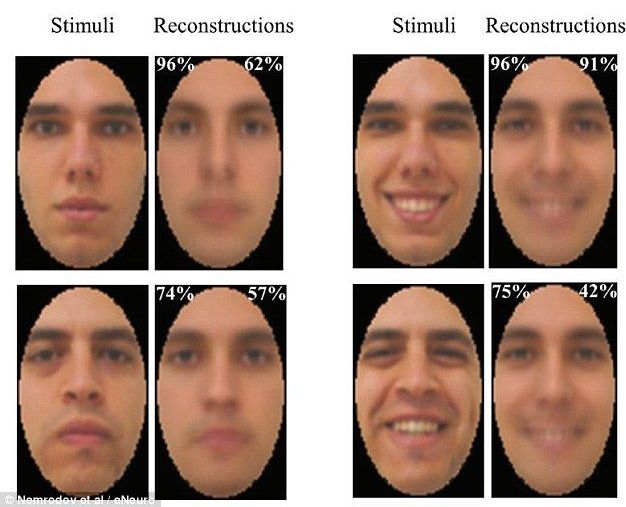Peter voss is a serial entrepreneur, engineer, inventor and a pioneer in artificial intelligence.
Peter started out in electronics engineering but quickly moved into software. After developing a comprehensive ERP software package, Peter took his first software company from a zero to 400-person IPO in seven years.
Fueled by the fragile nature of software, Peter embarked on a 20-year journey to study intelligence (how it develops in humans, how to measure it, and current AI efforts), and to replicate it in software. His research culminated in the creation of a natural language intelligence engine that can think, learn, and reason — and adapt to and grow with the user. He even coined the term ‘AGI’(Artificial General Intelligence) with fellow luminaries in the space.
Peter founded SmartAction.ai in 2009, which developed the first AGI-based call center automation technology. Now, in his latest venture, Aigo.ai, he is taking that technology a step further with the commercialization of the second generation of his ‘Conversational AI’ technology with a bold mission of providing hyper-intelligent hyper-personal assistants for everyone.
In addition to being an entrepreneur, engineer, inventor, and AI pioneer, Peter often writes and presents on various philosophical topics including rational ethics, free will, and artificial minds; and is deeply involved with futurism and radical life-extension.
Church of Perpetual Life, a science-based church is open to people of all faiths & belief systems. We are non-denominational & non-judgmental and a central gathering place of Transhumans. What unites us is our common faith, belief, and desire in Unlimited Life Spans.

